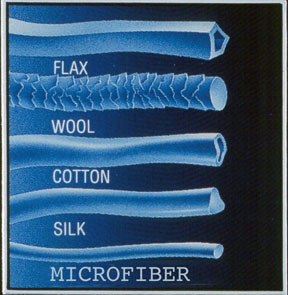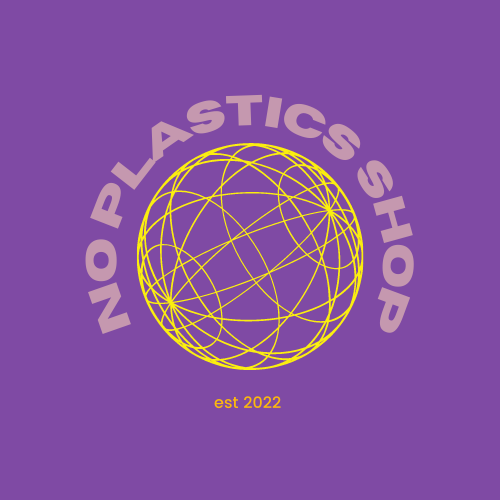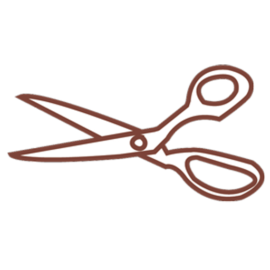Plastic Baseball Caps? No Thanks!
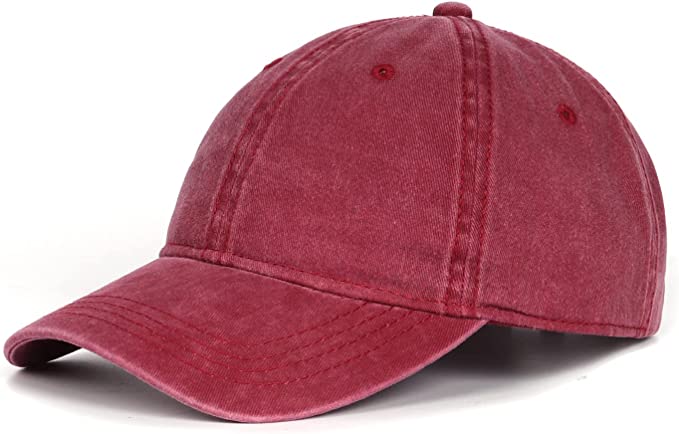
Hard To Believe Most Of The Clothes We Wear Today Are Made Of Plastic:
Might As Well Begin with Hats
Ah, the humble baseball cap. Once relegated to the realm of sports gear, this simple head covering has risen to become a veritable icon of style. But how did the baseball hat cap go from the dugout to the runway? Let's take a closer look at its fascinating history.
We Love Hats!
The origins of the baseball cap can be traced back to the late 1800s, when professional baseball players were looking for a way to shield their eyes from the sun during games. At first, they wore straw hats, but these proved impractical and were quickly abandoned. In the early 1900s, the headwear style as we know it began to take shape. It featured a soft, rounded crown and a bill or visor to provide shade.
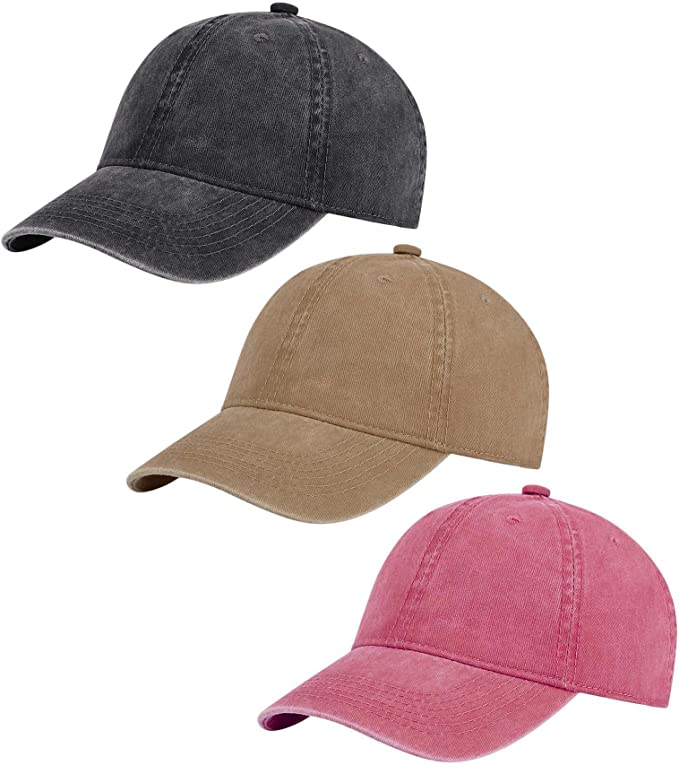
For many years, the baseball cap remained firmly entrenched in the world of sports. But in the 1970s, something interesting started to happen. People began wearing baseball caps as sort of a fashion statement. It started with young people who wanted to show their support for their favorite sports teams, but soon the style had spread to all corners of society.
No Plastic Hats Back In The Day
If's unfortunate that most caps today are made of plastic. Let me tell you why wearing clothing containing synthetic plastic fibers is about as healthy as eating a cardboard sandwich. First and foremost, these garments are notorious for their inability to breathe, trapping heat and moisture against your skin like a clingy ex. This can lead to unpleasant side effects like rashes, fungal infections, and a general sense of discomfort. No baseball player back in the day would have contended with that!

Things Changed
By the 1980s, the baseball style hat had firmly established itself as a fashion must-have. Celebrities from Madonna to Michael Jordan were rocking the look, and designers were putting their own spin on the classic design. The humble baseball cap had officially become a style icon. But by then plastic fabrics had become firmly entrenched in our world.
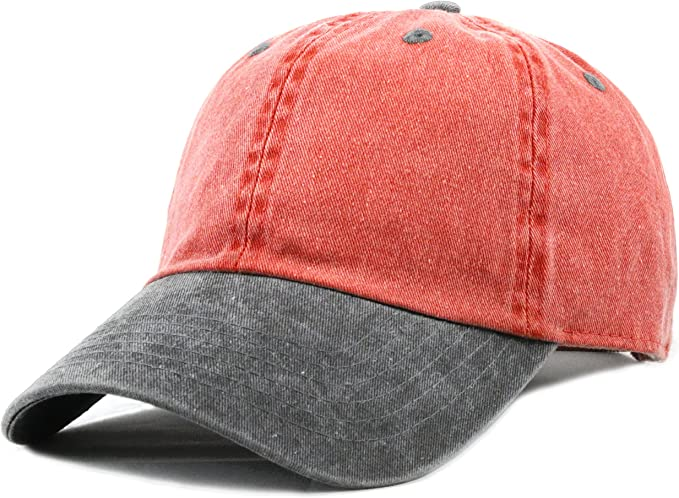
Ah, the birth of synthetic fibers. It's almost like the fashion industry's version of Frankenstein's monster. Plastic textiles were created in the early 20th century as a way to replace natural fibers like cotton and silk, which were expensive at this time and often limited in supply.
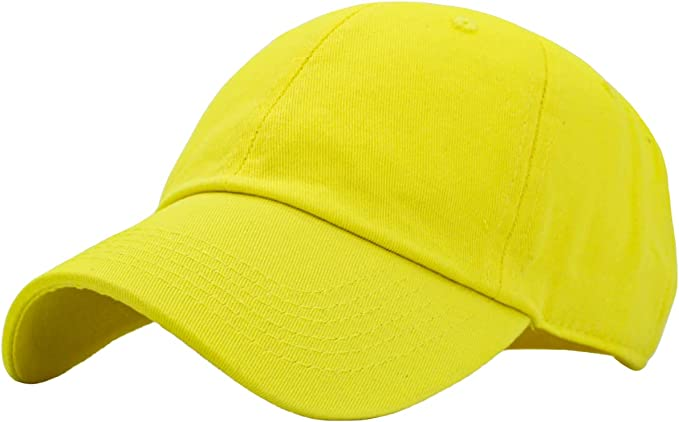
Synthetic plastic fibers don't break down naturally, meaning they stick around in landfills and oceans for hundreds of years. And while we're on the topic of waste, let's not forget about the microplastics that shed from synthetic clothing every time we wash them. These tiny, toxic particles can end up in our waterways and even our food supply, causing all sorts of havoc on our health and the environment.
Ever Popular
Today, the baseball style hat is worn not just as a fashion statement, but as a symbol of identity. From sports teams to cultural movements, people use their hats to express their affiliation with a particular group. And let's not forget the practical benefits - it's still a great way to shield your eyes from the sun.
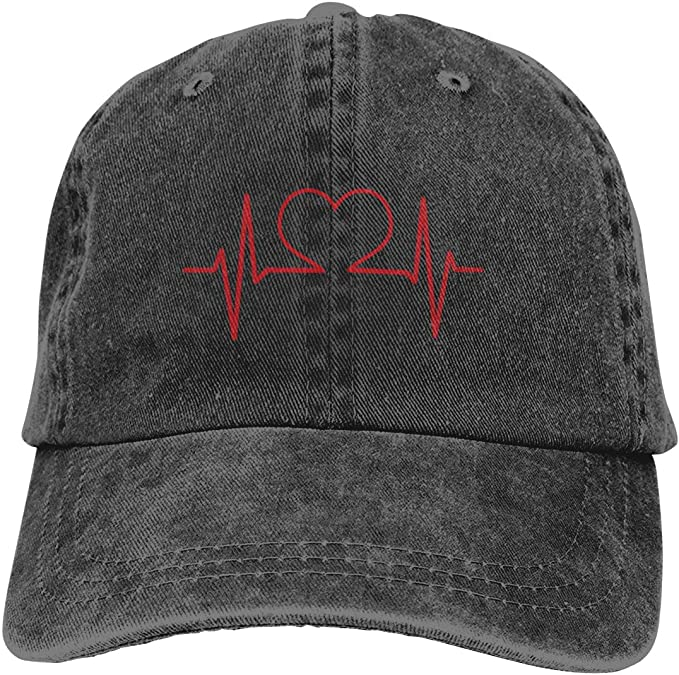
Unisex Denim with lots of cool logos and sizes
The birth of synthetic fibers was like the birth of a phoenix rising from the ashes of wool and cotton. It all began in the early 1900s when scientists were on a mission to find a new way to make clothing that was both durable and easy to care for.

Utmost Lots of Colors!
If you thought wearing plastic bottles was only reserved for Lady Gaga's wardrobe, think again. That's right - every time you sport that synthetic garment, you're essentially draping yourself in plastic fibers. Now, I know what you're thinking. "But it's so affordable and fashionable!" But at what cost to your health?
Those Old Hats Weren't So Bad
Scientists discovered that by heating and spinning a cocktail of chemicals, they could create a magical substance that could be fashioned into all kinds of garments. Nylon was the first synthetic fiber to hit the scene in 1939, followed quickly by polyester and acrylic.
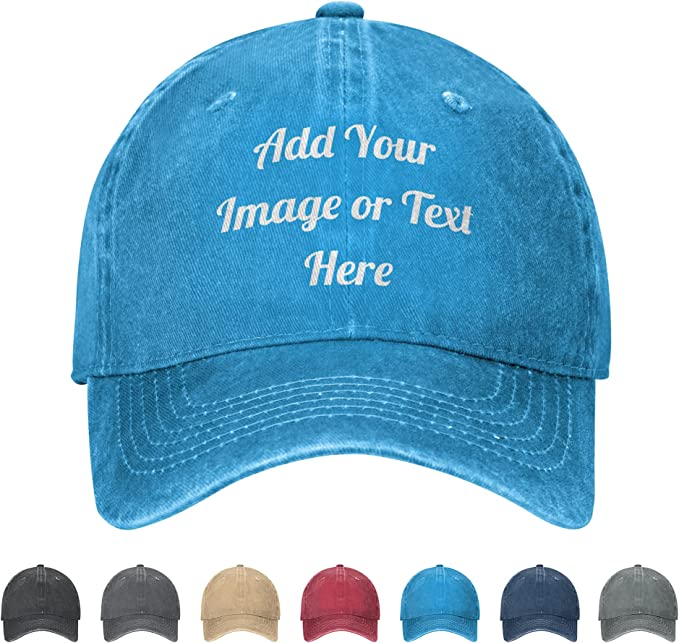
Sure, the convenience of synthetic fibers has revolutionized the fashion industry, but let's not forget that they're essentially made from petroleum, one of the world's most notorious pollutants. Plus, that shedding problem, and not only just when washed.
Best To Avoid Synthetics
The production of synthetic fibers involves the use of harmful chemicals such as phthalates, formaldehyde, and heavy metals that can cause various health problems such as cancer, respiratory issues, and hormone disruption. And let's not forget about the potential fire hazards of synthetic fibers - the thought of melting plastic on our skin is not exactly comforting.
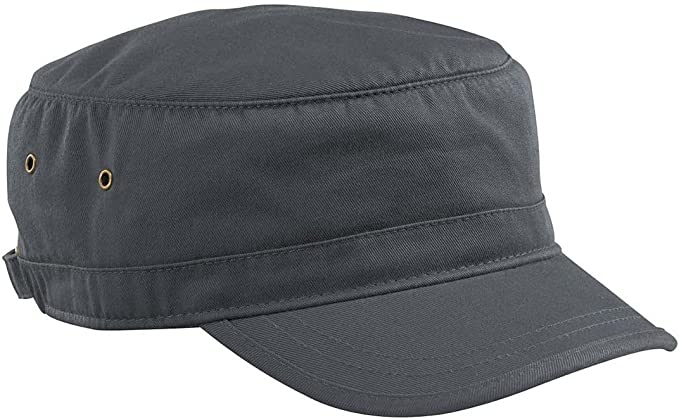
Today, synthetic fibers are still widely used in the fashion industry, but there's also a growing movement back towards zero waste, sustainable and eco-friendly materials. So while the birth of plastic textiles may have once been thought a groundbreaking moment in at the time, turns out that development has come at a high cost. It's important to remember that there's always room for improvement (like the coming return of a good old-fashioned zero waste baseball cap).
Back To The Future
The baseball style cap has come a long way from its humble beginnings as mandatory team uniform sport gear. Who would have thought that one day it would make its grand debut on the runway and become a timeless statement of style?
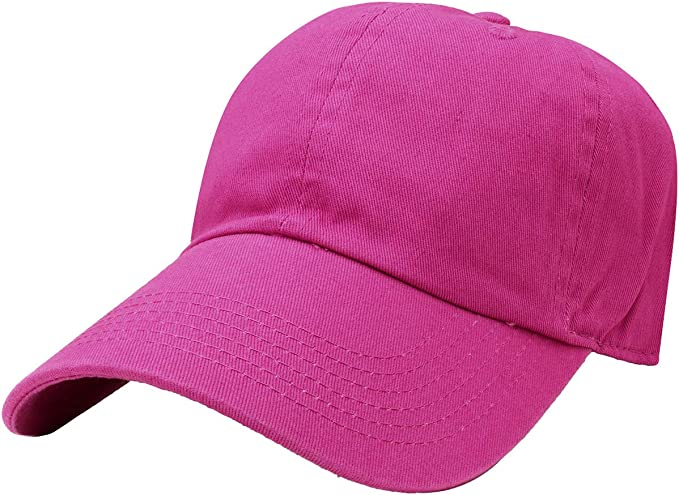
Falari Lots of colors! All 100% Cotton
It all started in 1860 when the Brooklyn Excelsiors first donned a primitive version of the baseball cap. Made of straw and built for function rather than fashion, it was a far cry from the trendy caps we see today.
By the early 1900s, baseball caps as we know them today had become a staple of the sport, adopted by players and fans alike. But it wasn't until the 1940s that the caps began to take on a life beyond the baseball diamond. During World War II, soldiers started wearing caps adorned with their respective units' insignia, turning them into symbols of patriotism and identity.

Hatsquare. Genuine Leather. Also in Rad Colors!
The real game-changer was polyester, invented in 1941 by British chemists John Whinfield and James Dickson. It was durable, wrinkle-resistant, and could be made in a range of colors and textures. Suddenly, the possibilities were endless. And our nightmare global pollution began.
Return To The Basics
Like a lot new things, there was a catch. Synthetic fibers may have been easy to care for, but these petrol fibers, far from eco-friendly and lingering for years, have far overstayed their welcome.
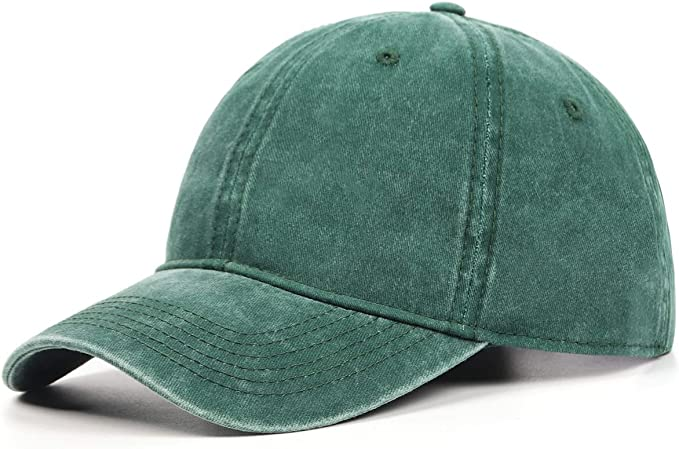
Today there is probably no better material for summer baseball caps than cotton. And cotton production is making a comeback in US after a roughly 100 years long battle with the boll weevil. Especially organic cotton, which is good to see. In fact cotton production is on the rise globally, and that's good news for the future demise of this era's horrid plastic clothing in general, baseball hats included.
Oh yes, we prefer our attire to be designed to be sustainably organic and zero waste from now on, and none more so than the ever popular, everyday, ubiquitous baseball hat. Not just for players of the game anymore, oh no. Young or old, big or small, the fashion stlyle accessary of generations has become... the baseball cap.
Cotton Caps
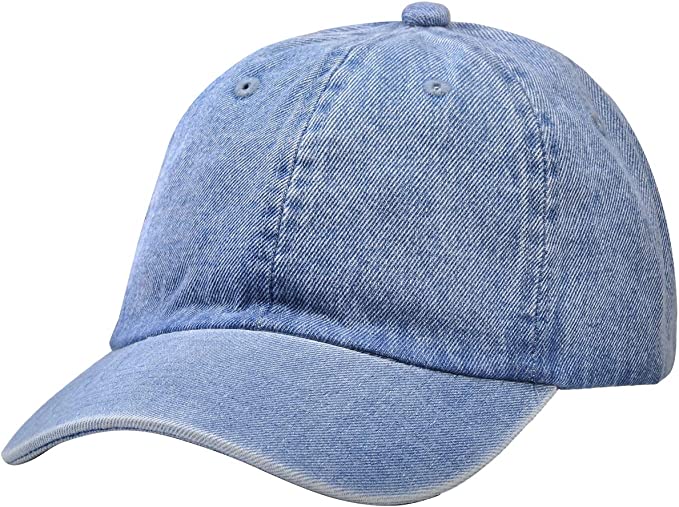
Originally made from wool and wood, back in the late 1800s, it's a pity that today's baseball style hats are now constructed mostly of those nasty synthetic fibers. What's worse is that wearing such polyesters, nylons, acrylics and the likes, exposes us to a variety of health risks, numerous and compounding.
Fortunately, there are companies out there that make better looking, super cool zero waste alternatives! Let's take more of a look at some of the best options for avoiding plastic baseball style hats. Let your head breathe, while maintaining that rad look!

The Vintage Year comes with an iron on patch, if you want it. Or use another. You can customize any cotton hat easily this way.
The Hat Depot, KBETHOS, Falari, Econsious Organic, Funky Junque, AOSMI and Utmost all offer several all cotton baseball style zero waste options. Some organic, some with adjustable metal straps for a perfect fit. All in a wide range of fun colors! Cotton was somewhat costly during those boll weevil years, when baseball first began. Otherwise they might have first been made of cotton to begin with.
AOSMI even has a 3 for $20 deal!
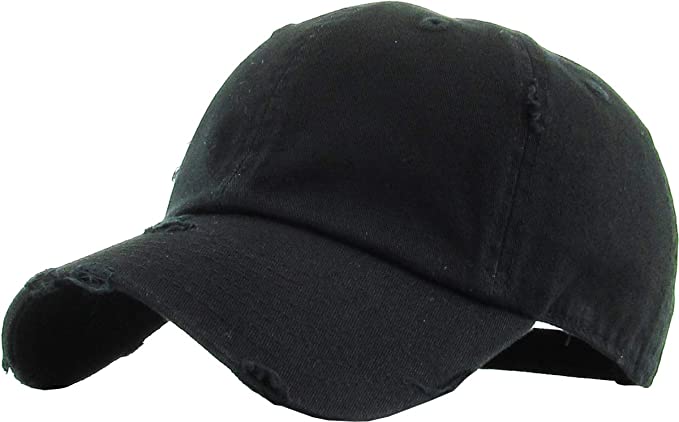
Fast-forward a few decades and the baseball style cap had fully transcended its initial purpose. In the 1980s, hip hop artists like LL Cool J and Run DMC popularized the sporty style accessory in their music videos, bringing it to the masses. Suddenly, everyone wanted to get their hands on this style cap and wear it in their own unique way. But just say no to plastics part and get yourself a zero waste cap. Your skin, your planet, and your conscience will thank you.
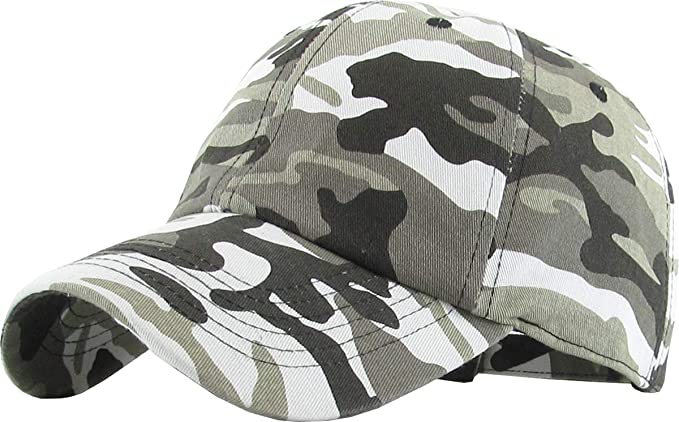
Flash forward to today, and it's almost impossible to imagine a fashion world without the baseball style hat. From luxury brands like Gucci and Chanel to streetwear labels like Supreme and Off-White, the baseball style hat has proven to be a versatile accessory that can put the crowning touch on almost any ensemble.
So, my fashion-forward friends, next time you're browsing the racks or online for new style headgear, consider investing in a zero-waste style cap, made from sustainable material, and skip the plastics. Your health and the planet will thank you.
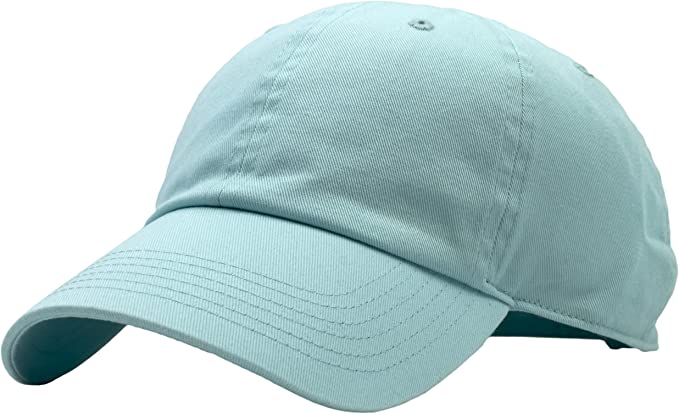
Extra Large Caps
Amycrew and Zylioo make oversized XXL zero waste baseball hats for extra big heads. Made from 100% cotton, they come in a variety of stylish colors. So if you've got a really big head, these are for you :)
Next time you reach for your trusty baseball cap, remember its humble roots and how far it's come. It may have started as just a zero waste functional piece of sportswear, but now it's a firm style favorite of millions – and who knows where it will go next?
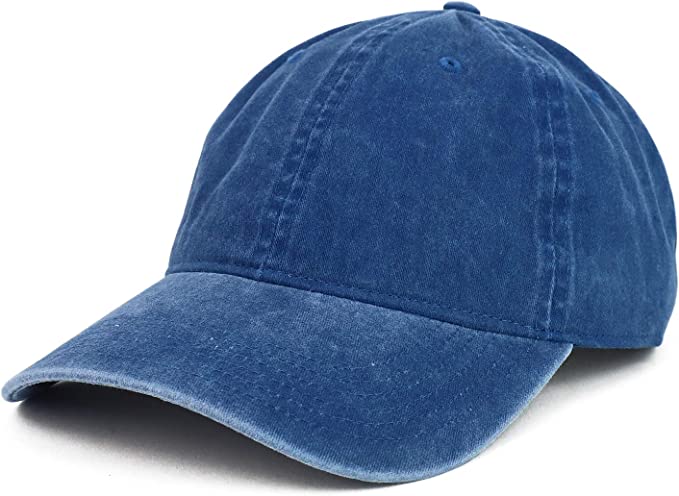
Long Bills
If a long billed hat is more your style?.... then CTM or The Village Hat Shop has these options for you. Sometimes you just want a new style, with a long billed hat!
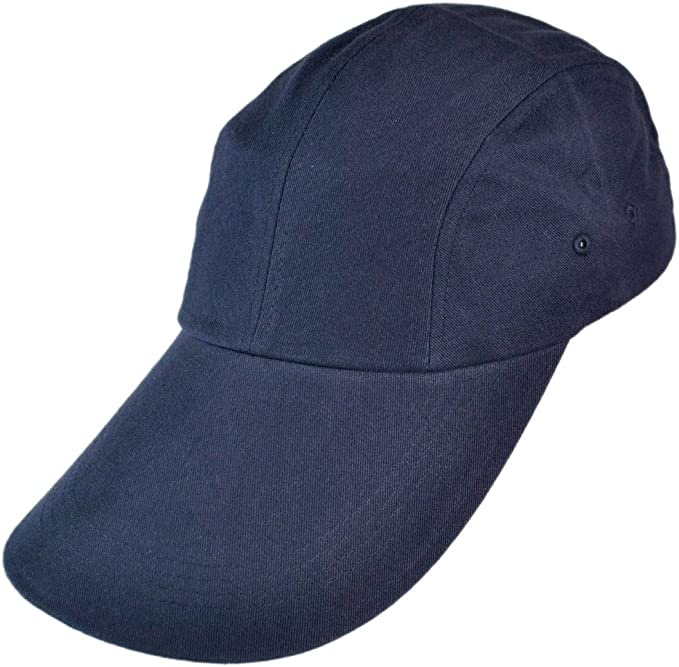
Leather Hats
Or how about a leather baseball cap? Besides cotton, Vintage Year also makes a great leather hat, as does Genuine Leather and HATSQUARE. All are crafted from premium (not fake) leather! Made with intricate detailing details, and some fantastic color options! Of course you can go never go wrong a with classic brown, or the ever chic looking black leather cap.
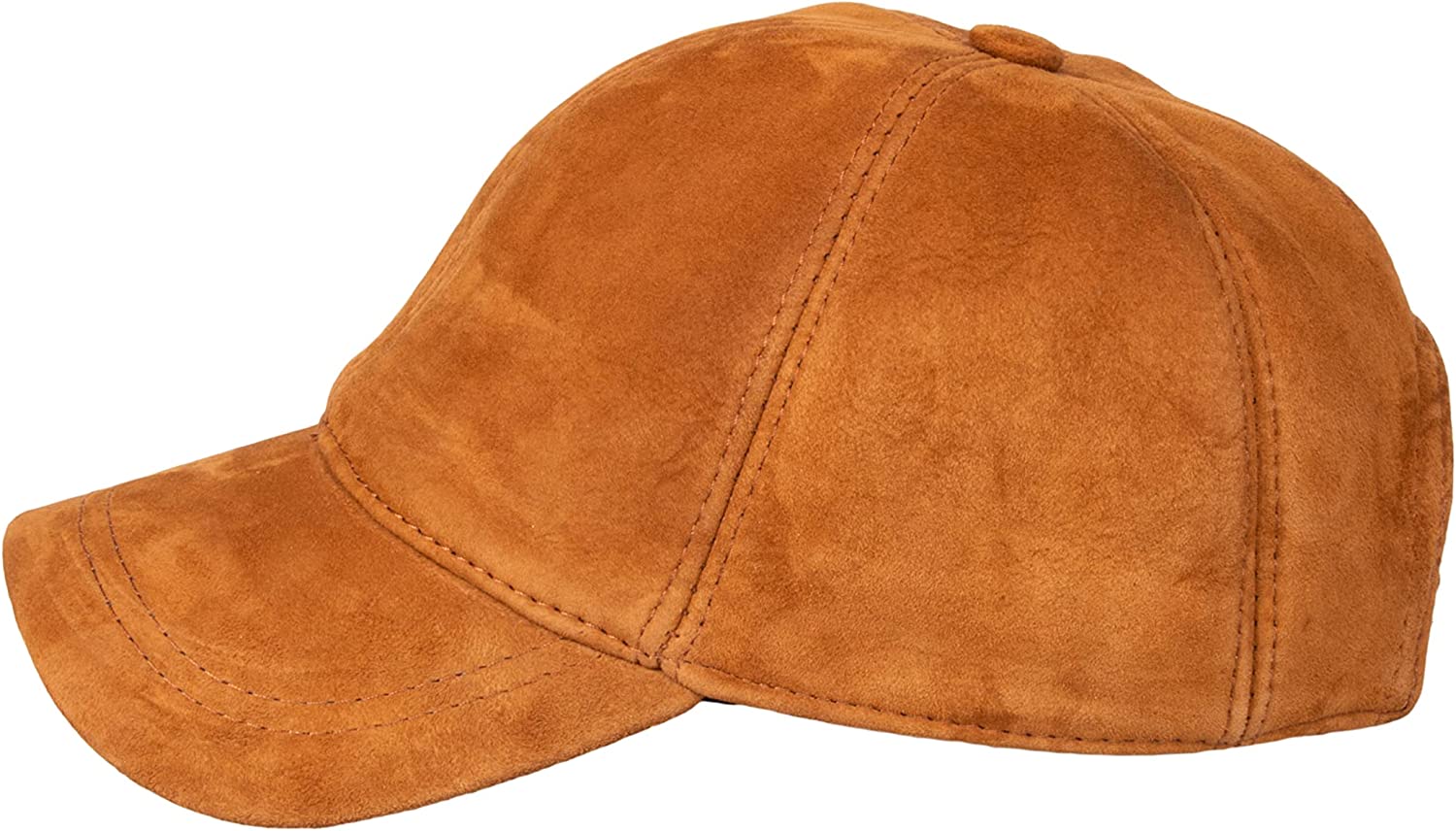
Watch out for brands trying to sell you those faux leather imitations, or anything with PU (polyurethane) in the materials list. And pass the word.
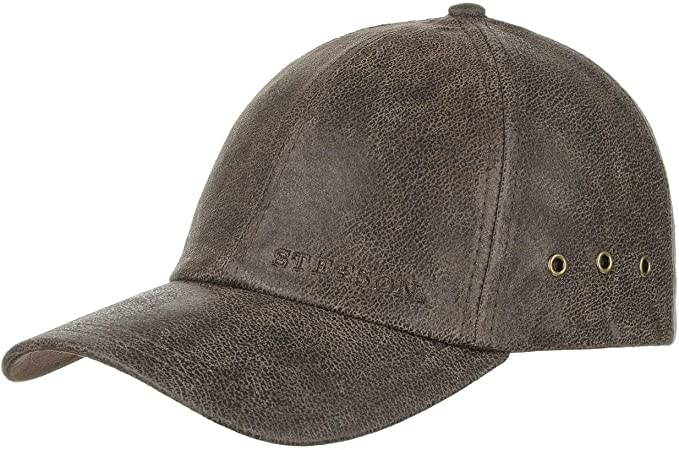
Stetson company also makes a genuine leather cap, of course.
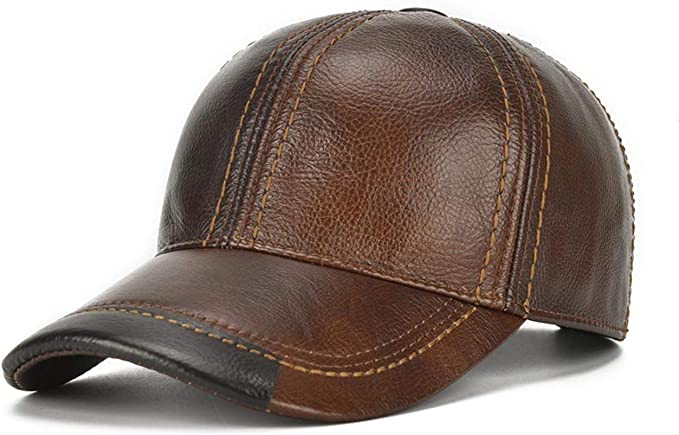
But ixiton might make a better one :) you decide check price
You can easily customize any hat, especially cotton hats. Create your own unique lettering or design, or attach your favorite logo patch! Customize
Wool: Closest To The Originals
Finally, is the wool option in zero waste baseball hats. The closest to the original baseball caps from long ago. Only now we have choices in super fun colors! Emstate and Amilego make all wool, not blended wool, (with foreign petrol fibers) baseball style caps. There's a reason breathable wool, uncontaminated by plastics, was the material of choice for Ball Players, and still a great fashion choice today!
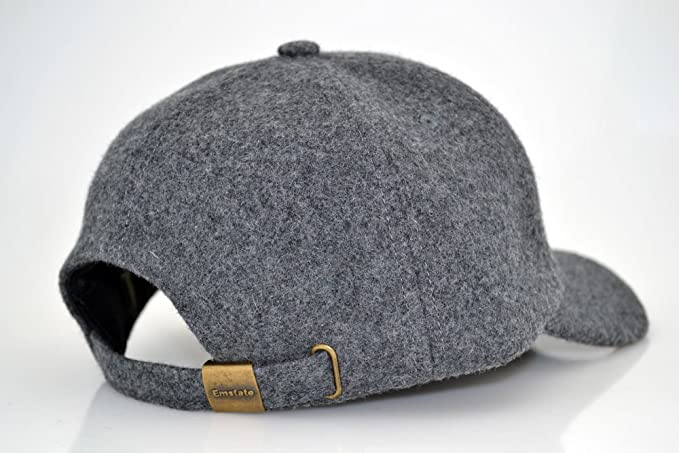
So, fellow earth-conscious comrades, the word is, the wave of our future is zero waste. No more costly than the plastic alternatives. And No Plastics has sifted through Amazon's selections for you to check out.
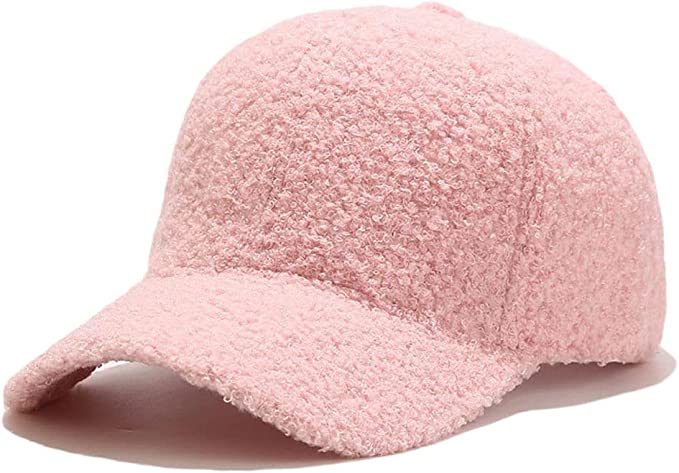
So There You Go!
There's no need to buy plastic baseball hats anymore when there are so many great alternatives available! From 100% wool felt or cotton twill---as a vegan friendly options--- to genuine leather.
Pick out your next zero waste baseball hat from sustainably sourced fiber materials, with features like silk detailing and adjustable metal straps. You can find something that suits your style, without sacrificing style whatsoever, and added comfortability. So next time you're looking for the perfect way to top off an outfit (literally!), consider one of these zero waste options instead! You'll be glad you did!
Hats And Shades Kinda Go Together - Eco Head And Facewear ;)
FAQs
Is synthetic clothing really plastic?
Most definitely. Polyester, nylon, acrylic and other synthetic fibers are exactly the same as plastic. They make up over 60% of the clothes we wear today, and as they break down, contribute to much of the plastic pollution.
Is it true that just by washing synthetic clothes, we harm the environment?
Hard to believe, but this is absolutely true. Not only when synthetic clothing is washed, but just by walking around. At roughly a millimeter in length and several micromillimeters in diameter, these tiny fibers are shed everywhere. Much of the airborne micro-plastics today is the result of the shedding of synthetic clothing, before they're even washed, flushed eventually back into our soil, waterways and oceans. Even treatment plants have no means to filter such small particles.
In what other ways does the use of plastic clothing harm us?
The petroleum based textile industry is huge. The chemicals alone, used in its production are estimated to contribute a whopping 20% of all wastewater pollution, globally. The production of Nylon emits nitruos oxide, 300X more dangerous to the ozone than carbon dioxide. The production of polyester requires an enormous amount of water, contaminted after usage.
For more information:
